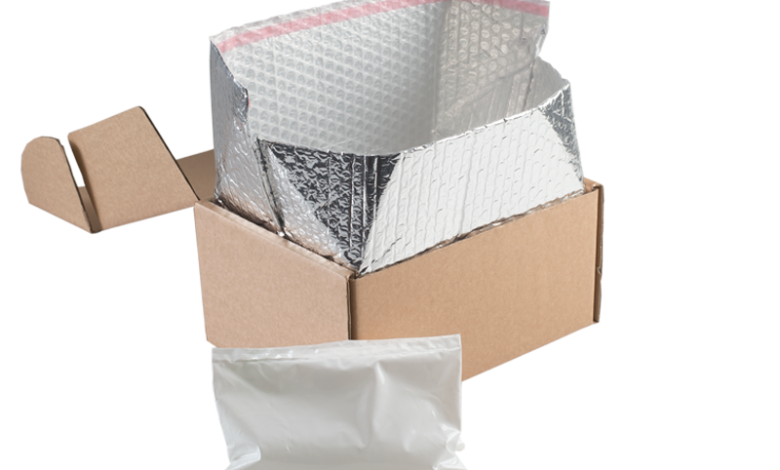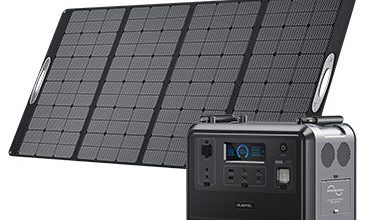How to ship food correctly

How to pack and ship food for shipping
Procuring the right food packaging is a major and necessary investment, as it reduces external and internal damage. So, make sure you use the right containers and refrigerants.
For example, we have many vacuum packs suitable for transporting food.
If you need to ship many products, ensure you have enough for the job.
Perishable foods deteriorate quickly when exposed to extreme temperatures or humidity. Dry goods like nuts and hard candy aren’t perishable, but seafood, dairy products, fresh vegetables, and meats are non-perishable.
Because of this, it is highly recommended to have these items shipped overnight and labeled appropriately if they require refrigeration or freezing.
Once everything has been prepared for shipping, check that the item is dry and sealed in a plastic bag.
Generally, these items can be shipped inside cold packs lined. Foam boxes and then placed inside a sturdy corrugated box.
Instead of cold packs, dry ice should be used inside the foam box, being careful not to come into contact with food.
Read also: How to pack a stack of books correctly.
How to ship fresh and easily perishable food
How to properly ship fresh foods such as fruit, cheese, dairy and other refrigerated foods?
Let’s see together how to do it.
Normally refrigerated chilled packaging are used, and, in particular, easily perishable foods must be vacuum sealed or stored inside plastic bags.
Furthermore, it is important that the wording ‘perishable – keep refrigerated’ is visible on the outer packaging. This way, you notify the recipient that the food needs to be refrigerated or frozen as soon as it arrives.
Once the package has been shipped, it is the recipient’s job to open it immediately and ensure the food is still cold upon arrival using a food thermometer.
Most foods should be no warmer than five degrees Celsius. If it is, we advise against tasting the products of the recipient.
How to ship frozen foods
Shipping frozen food is more complicated than shipping refrigerated food, but it’s still possible.
So here are some things to know before deciding to ship frozen food.
For one thing, these foods specifically call for dry ice, and the reason is very simple: it keeps cold longer.
However, dry ice should always be used with caution; If you do the protective packaging and shipping yourself, remember to wear gloves and goggles to prevent skin exposure and burns.
But that is not all.
Make sure that the food does not come into direct contact with the dry ice either: as we have reiterated several times. Food must be hermetically sealed in a plastic bag.
In addition, it is of the utmost importance to be aware of the maximum quantity of dry ice. That may be transported in or out of Italy.
To avoid problems during shipment and unnecessarily waste money. Check the various regulations with the shipper and respect the carrier’s rules.
Once you have ascertained this fact, take care to specify if the package contains dry ice with a visible label. In this way, the recipient will be aware of it in advance and will be able to take the necessary precautions.
Click here to read more articles.





